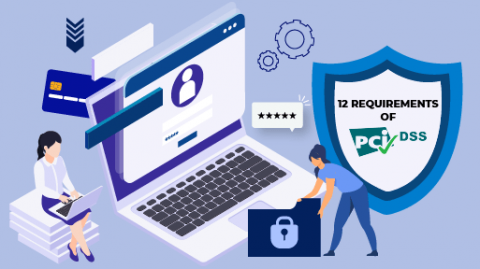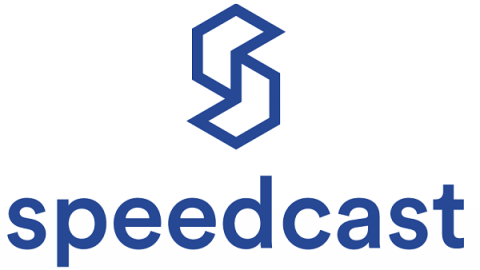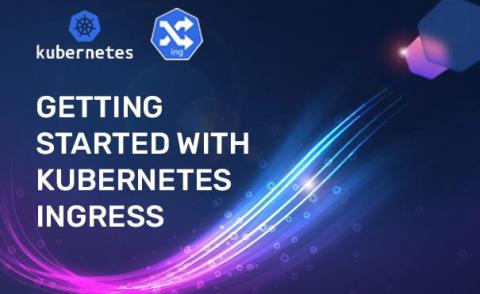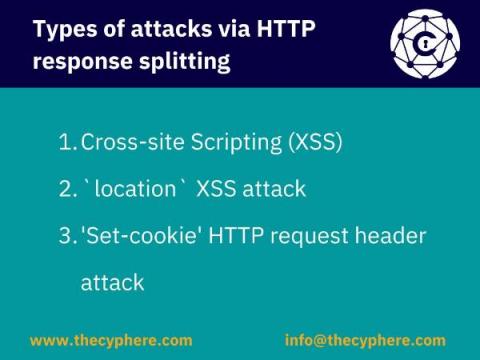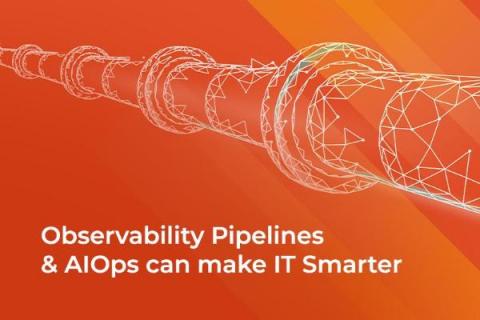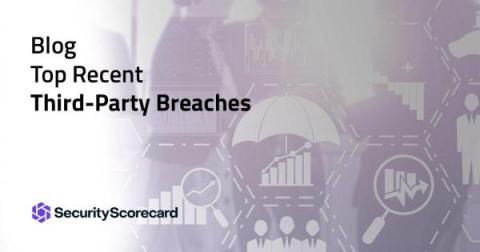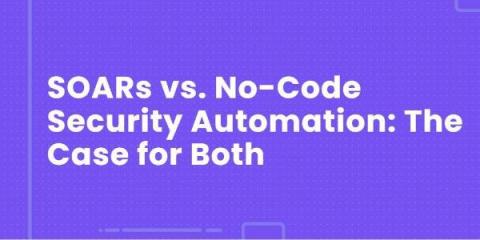12 Requirements of PCI DSS
The Payment Card Industry Security Standard Council (PCI SSC) for the benefit of customers, cardholders, and other stakeholders of the industry established a stringent payment card security standard known as PCI DSS. Payment Card Industry Data Security Standard is a framework designed and developed to protect sensitive card data in the environment. The payment security standard is a comprehensive framework that outlines 12 requirements that organizations are expected to meet to ensure compliance.


